Speaker
Description
The ALICE experiment at CERN is in the process of upgrading its Inner Tracking System (ITS). This upgrade (ITS3), involves replacing the innermost tracking layers with wafer scale cylindrically bent MAPS (Monolithic Active Pixel Sensors) chips. The inner layers will be positioned closer to the collision points while significantly reducing the material budget, which will notably enhance the vertexing resolution. The use of bent silicon detectors at this scale is a novel endeavor, and extensive research and development (R&D) efforts are underway to address the challenges associated with this unique geometry. Initial performance testing involves the bending of thinned ALPIDE chips, the MAPS devices employed in the existing ITS detector. A miniature telescope, denoted as μITS3, featuring five ALPIDEs bent at the same radii planned for the final detector, underwent testing using a proton beam directed at a plastic fiber target at the Bronowice Cyclotron Center in Krakow. Due to the relatively low beam energies of 80, 120, and 200 MeV this test-beam campaign enables to study the signature of protons with very high energy loss in the silicon. With this, the proton signal could be separated from the background delta electrons by comparing the obtained cluster size of each hit. Moreover, the observed cluster size aligned with the expected energy loss for protons at various energy levels. Additionally, an extensive investigation of alignment strategies, including novel approaches using machine learning, was carried out. Aligning bent detectors presents inherent challenges compared to flat detectors due to the additional degrees of freedom arising from the cylindrical shape. The aligned detector achieved a vertexing resolution of approximately 50 μm, approaching the lower limit set by multiple scattering effects.

